
Introduction: Revolutionizing the Trucking Industry with AI
The trucking industry is undergoing a seismic shift, and if you’re an entrepreneur ready to seize an opportunity. Now is the time to build an AI-run owner operated trucking platform.
Imagine a streamlined platform where owner-operators can log in, find and book loads, track them in real-time, get paid quickly, and manage their compliance. All without the traditional headaches of running a trucking company. Think of it as an ‘Uber’ for the trucking world, but tailored to the needs of owner-operators.
In this comprehensive guide:
We’ll walk you through everything you need to know to build, launch, and scale this type of business.
We will start by laying out the vision, dive into the technical requirements. Explain the necessary business structure, and provide a step-by-step process for launching the platform. In this powerful post we will also cover the crucial topics of securing contracts. Selecting top-tier owner-operators, outlining revenue splits, and addressing potential pitfalls.
Whether you’re a trucking industry veteran or a tech entrepreneur, this guide will give you the exact roadmap needed to build a cutting-edge AI-run owner operating trucking platform.
This detailed guide is designed to give you an edge, offering information that other platforms won’t provide and covering all aspects of setting up and operating an AI-run trucking company.
By the end of this guide, you’ll have all the knowledge needed to make your dream a reality.

Conceptualizing the AI-Run Trucking Platform
Vision and Core Features:
At its heart, your owner operated trucking platform should be designed to remove barriers and inefficiencies that owner-operators face every day. This isn’t just a load board, but a fully integrated system where truckers can:
- Find Loads: AI will match loads with available trucks, factoring in location, type of freight, and delivery deadlines.
- Track Loads in Real-Time: Clients and drivers can both monitor load progress using GPS tracking.
- Payment Processing: Payments are automated, with funds released as soon as the delivery is confirmed.
- DOT Compliance: Automatic compliance checks ensure that all trucks and drivers meet DOT standards.
Scheduling & Route Optimization: AI algorithms will schedule the most efficient routes to maximize time and minimize fuel usage.
By developing a platform that handles all of these processes, you’re making life easier for both the owner-operators and the clients they serve.

Business Structure and Legal Setup
Choosing the Right Business Structure:
The structure of your business will play a significant role in its long-term success, affecting liability, taxation, and how contracts are handled.
- LLC (Limited Liability Company): This is the most practical choice for your platform as it protects your personal assets, offers flexible tax treatment, and is simpler to manage than a corporation. It also gives you the ability to bring in partners or investors later without much legal hassle.
- S-Corp or C-Corp: If you’re planning to raise significant capital or offer stock in your company, a corporation might be a better fit. However, LLCs are far more suitable for startups.
Legal Setup Steps:
- Register Your LLC in your state. Fees vary, typically between $100 and $700.
- Obtain an EIN (Employer Identification Number) from the IRS for free. You’ll need this for your business bank account and payroll.
- Register with the DOT to get your DOT number, which is mandatory for interstate transport.
- Unified Carrier Registration (UCR): A registration system for vehicles involved in interstate travel.
- Operating Authority: Depending on the services, apply through the Federal Motor Carrier Safety Administration (FMCSA).
- Insurance: Trucking insurance is mandatory. You’ll need liability insurance, physical damage insurance, and cargo insurance.
- General Liability Insurance: Typically $750,000 to $1 million coverage.
- Cargo Insurance: $100,000 coverage minimum.
Estimated Costs:
- LLC Registration: $100 – $700
- MC Number: $300
- UCR: $60 – $80 (per truck)
- Insurance: $7,500 – $12,000 annually

Financial Setup and Business Accounts
Opening Business Accounts:
To manage finances efficiently and ensure smooth operations, you’ll need to set up dedicated business accounts.
- Business Checking Account: Use this account for operating expenses like payroll, platform development, insurance, and advertising.
- Business Savings Account: Set aside a portion of your revenue to cover unforeseen expenses and to reinvest in the business.
- Merchant Account: To process payments from clients and ensure quick payouts to your owner-operators, set up a merchant account with a provider like Stripe or PayPal.
Recommended Banks:
- Chase Business Complete Banking
- Bank of America Business Advantage
- Wells Fargo Simple Business Checking
Estimated Setup Costs:
- Business accounts are generally free to set up but may require a minimum balance of $500 – $1,500.

Building the Trucking Platform
Website and App Development:
Your website and mobile application will be the core of the operation. Everything from finding loads to getting paid will happen through this digital interface.
Key Features of the Website & Platform:
- Owner-Operator Dashboard: Allow drivers to search for loads, view real-time updates, track compliance, and process payments.
- Client Dashboard: Shippers and logistics companies can book loads, track shipments, and pay invoices.
- Backend for Compliance: The platform should ensure truckers meet all DOT, licensing, and insurance requirements.
- AI-Powered Scheduling: Integrate an AI engine to optimize load scheduling and route planning.
Platform Development Options:
- Off-the-Shelf Solutions: There are pre-built platforms like DAT or Truckstop that offer load-matching, but for your unique vision, a custom platform is recommended.
- Custom Development: Work with developers to build a custom platform, ensuring all AI and compliance features are seamlessly integrated.
Estimated Costs:
- Off-the-shelf solution: $5,000 – $15,000 annually
- Custom-built platform: $30,000 – $100,000 depending on complexity
Domain Name Ideas:
- FreightHubAI.com
- LoadTrackPro.com
- TruckerLink.ai
- Truckerworld.com

Office Setup – Virtual or Physical?
Virtual vs. Brick-and-Mortar Office:
While a virtual office is suitable for startups, a physical office can lend legitimacy and help with securing larger contracts like those with Amazon or government entities.
Virtual Office:
- Provides a professional address and mail handling.
- Services like Davinci offer virtual offices starting at $50 per month.
Brick-and-Mortar Office:
- Recommended as you grow and require a physical space for staff such as dispatchers and customer service reps.
- Costs range from $500 to $2,000 per month depending on the location.
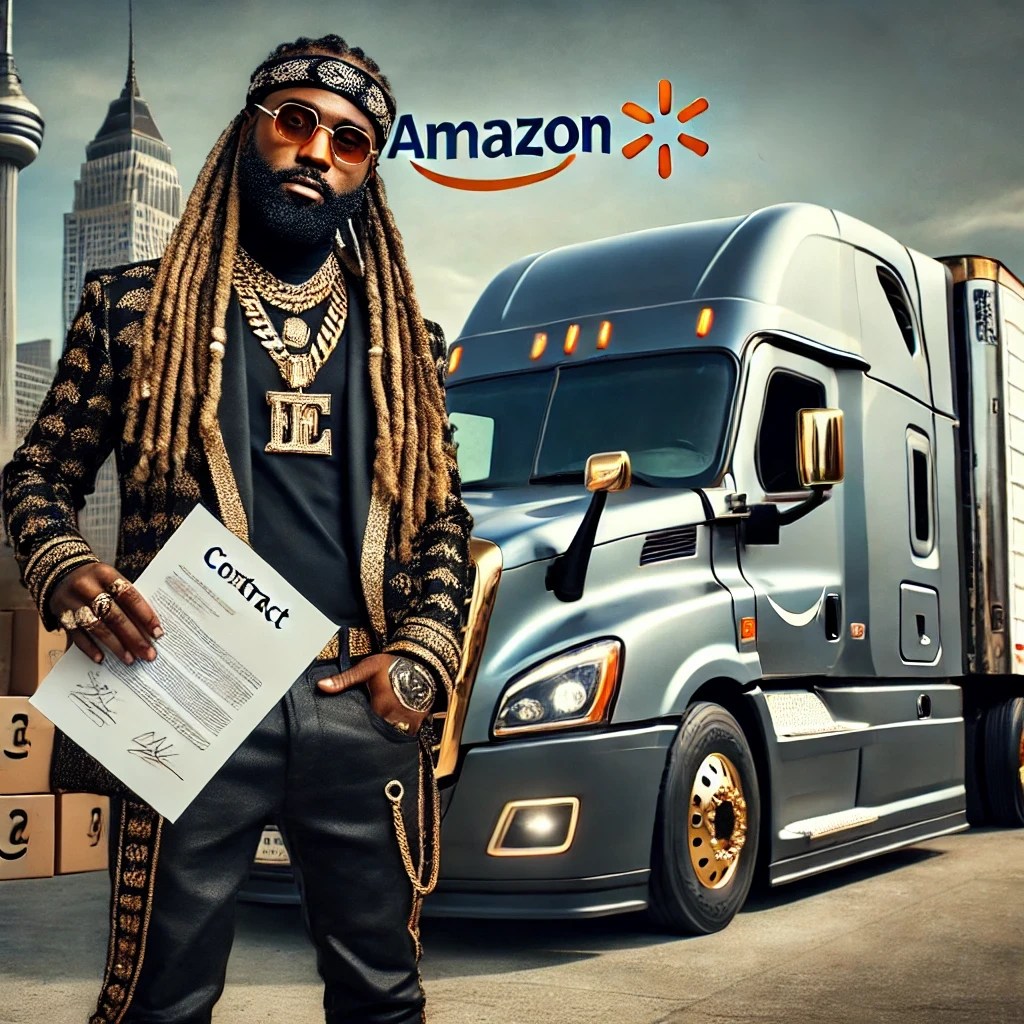
Securing Contracts with Major Companies
Government and Corporate Contracts:
Your AI-powered owner operated trucking platform success hinges on securing contracts that offer steady, high-quality loads. To offer owner-operators consistent work, consider pursuing contracts with both the government and large corporations like Amazon.
Government Contracts:
- SAM.gov Registration: Register your business on the System for Award Management (SAM) to be eligible for federal contracts.
- DUNS Number: Apply for a DUNS number to enhance your business’s credibility when bidding for government contracts.
- GSA Schedule: Getting listed on the General Services Administration (GSA) schedule gives you access to various federal transportation contracts.
Corporate Contracts:
- Amazon Relay: Apply to Amazon’s Relay program to offer freight-hauling services for Amazon.
- Walmart Distribution Centers: Walmart offers third-party logistics contracts, and your platform can provide consistent loads for owner-operators.
- Third-Party Logistics (3PL): Partner with companies like DHL, XPO Logistics, and others to ensure a steady supply of work for your operators.
Networking Opportunities:
- Attend logistics and trucking industry conferences to meet freight brokers, logistics managers, and potential partners.

Recruiting and Onboarding Owner-Operators
Attracting High-Quality Owner-Operators:
Your platform will thrive if you can attract experienced, reliable truckers. Focus on marketing your platform’s benefits to owner-operators.
Key Requirements for Owner-Operators:
- Minimum 2 Years of Experience: Truckers should have a solid track record of on-time deliveries and good service.
- Valid CDL and Clean Criminal Record: Ensure all truckers have a commercial driver’s license and meet legal standards.
- Top-of-the-Line Trucks: Trucks should ideally be no more than seven years old and equipped with modern technology like GPS and ELD systems.
- Engine Inspection: Require all trucks to pass a comprehensive engine inspection from a certified trucking mechanic.
Fleet Recommendations:
- Peterbilt 579
- Kenworth T680
- Freightliner Cascadia

Hiring Employees for Load Setup (Optional)
While the AI platform will handle the majority of load matching, human dispatchers may still be needed to assist owner-operators, especially during the startup phase or for troubleshooting. You can either hire full-time staff or contract part-time workers.
Key Roles:
- Dispatchers/Logistics Coordinators: Help match loads to trucks and troubleshoot issues.
- Customer Support Staff: Assist owner-operators with onboarding, payments, and compliance questions.
- Accountant/Bookkeeper: Ensure smooth financial operations, including payroll and tax filings.
Estimated Costs:
- Dispatchers: $35,000 – $50,000 annually
- Customer Support: $30,000 – $40,000 annually
- Accountant: $40,000 – $60,000 annually (or outsource part-time)

Revenue Splits and Incentive Structures
Competitive Revenue Splits:
To attract top-tier owner-operators. You need to offer competitive revenue splits.
- 80/20 Split in Favor of Truckers: Truckers keep 80% of the load payment, while your platform takes a 20% commission. This is a common industry standard and ensures drivers earn more while providing a steady revenue stream for your company.
- Performance Bonuses: Offer bonuses to drivers for on-time deliveries, low incident rates, and positive client feedback.
Fleet Of Trucks Revenue Splits:
If a trucker wants to sign up their own fleet of trucks under your AI-run owner operated trucking platform. The revenue splits would need to account for the fact that the trucker is managing multiple trucks and drivers. Not just their own single vehicle.
Here’s a suggested structure for splitting revenues when a trucker signs up their fleet under your platform:
Proposed Fleet Revenue Split Structure:
- Platform Commission: 10% to 15% of each load completed by a fleet truck. Since the trucker is managing multiple trucks. They are effectively providing more value and responsibility. So the platform’s cut can be slightly reduced compared to a single owner-operator (which is typically 20%). The lower percentage incentivizes truckers to put their entire fleet on your platform.
- Fleet Owner’s Cut: 70% to 75% of the total revenue from each load. The fleet owner would keep a majority of the revenue since they are responsible for managing drivers, maintaining trucks, and covering fleet-related costs like insurance, fuel, and repairs.
- Driver’s Cut: 10% to 15% of the load revenue (negotiated between the fleet owner and their drivers). The fleet owner would pay their drivers out of their share of the revenue, typically in the 10%-15% range, depending on the driver’s role and experience.
Example of Revenue Breakdown for a Fleet Operation:
Let’s assume a load pays $1,000.
- Platform’s Share (10%-15%): $100 – $150
- Fleet Owner’s Share (70%-75%): $700 – $750
- Driver’s Share (10%-15%): $100 – $150
In this model, the platform still benefits from each load moved by the fleet. But the fleet owner retains a larger portion of the revenue, incentivizing them to run more trucks through your platform.
Why This Works for Fleet Owners:
- Incentive to Scale: Fleet owners can scale their operations using your platform. Maximizing their earnings by reducing the platform commission.
- Ease of Management: Your AI-run platform takes care of load assignments, compliance, and payment processing, allowing fleet owners to focus on running their trucks efficiently.
- Steady Loads: By securing contracts with large companies and providing a steady stream of loads. You help fleet owners maximize truck usage and revenue.
This model balances providing value to fleet owners while ensuring your platform remains profitable and attractive to fleet operations.

Potential Pitfalls and How to Avoid Them
Like any business, an AI-run trucking platform faces challenges. Here are the most common pitfalls and strategies to overcome them:
Technical Glitches in the AI Platform:
- Solution: Invest in high-quality software development and ongoing platform maintenance. Having a dedicated IT team or contractor is essential to resolve any issues quickly and ensure uptime.
Compliance Violations:
- Solution: Ensure strict adherence to DOT regulations by integrating compliance checks directly into the platform. Notify truckers automatically when licenses or inspections are nearing expiration.
Cash Flow Issues:
- Solution: Keep a significant cash reserve to cover operational costs and ensure truckers are paid promptly. You can also negotiate longer payment terms with corporate clients to maintain positive cash flow.
Lack of Load Availability:
- Solution: Diversify your contract portfolio by securing deals with a variety of companies across different industries. Additionally, target both government and private contracts to mitigate risks.
Difficulty Recruiting High-Quality Owner-Operators:
- Solution: Offer attractive revenue splits, consistent loads, and performance incentives to draw in the best owner-operators. Use targeted marketing efforts through industry publications and social media to recruit qualified drivers.
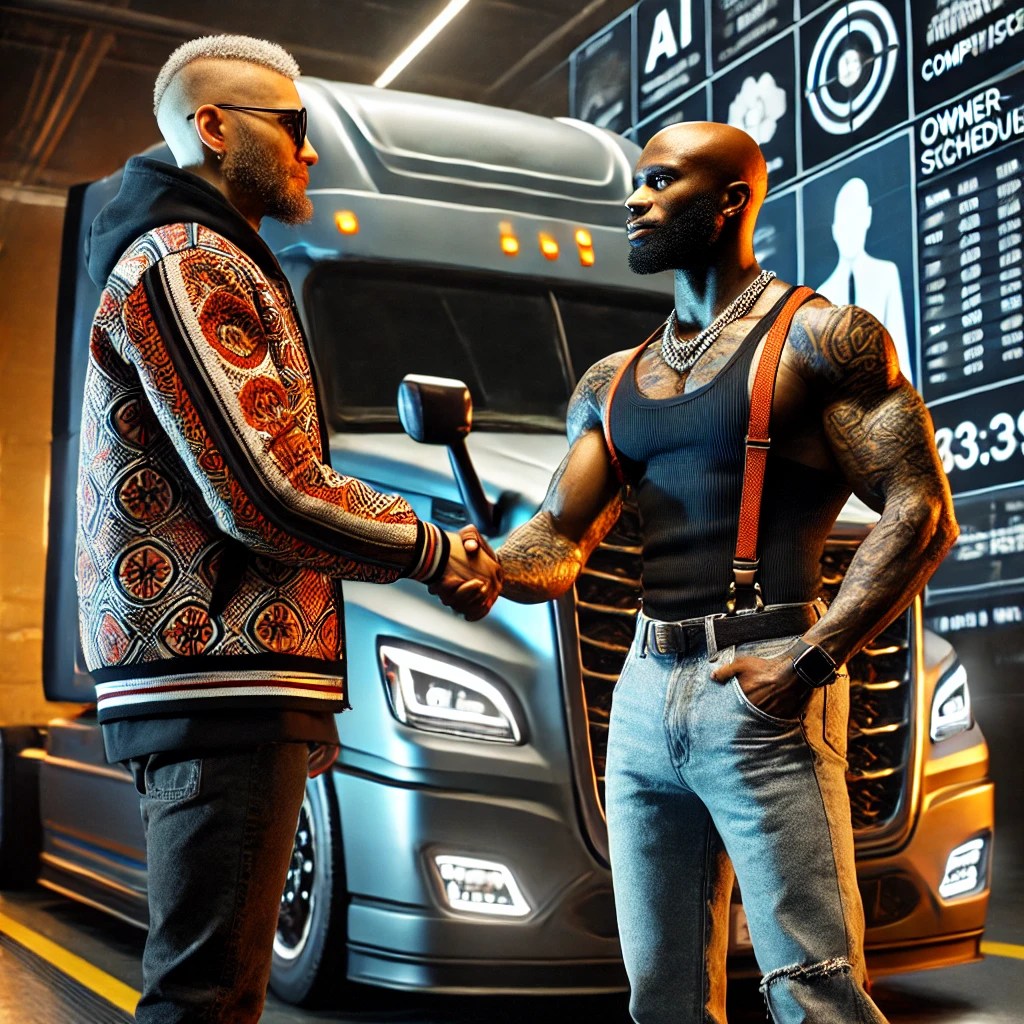
Conclusion: The Future of AI-Driven Trucking
Building an AI-powered, owner-operated trucking platform presents an extraordinary opportunity to revolutionize how freight is moved across the country. With lower overhead, cutting-edge technology, and scalability, this business model offers both profitability and flexibility.
From the initial planning and business setup to recruiting owner-operators and securing contracts.
This guide has provided you with the comprehensive roadmap needed to create a platform that stands out from the competition.
With a focus on efficiency, compliance, and profitability. Your AI-driven owner operated trucking company can thrive in today’s rapidly changing logistics landscape.
Now that you have the blueprint. It’s time to take action. Whether you’re starting from scratch or optimizing an existing business. This AI-driven approach will set you on the path to success.
Ready to turn your vision of an AI-run, owner-operated trucking platform into reality?
Get your business started the right way with Inc. Authority! From forming your LLC to ensuring your compliance with DOT regulations, Inc. Authority has everything you need to launch and scale your trucking company.
Don’t wait—build your future in the trucking industry today.
Click here to get started with Inc. Authority and set your platform on the road to success!
Primal Mogul

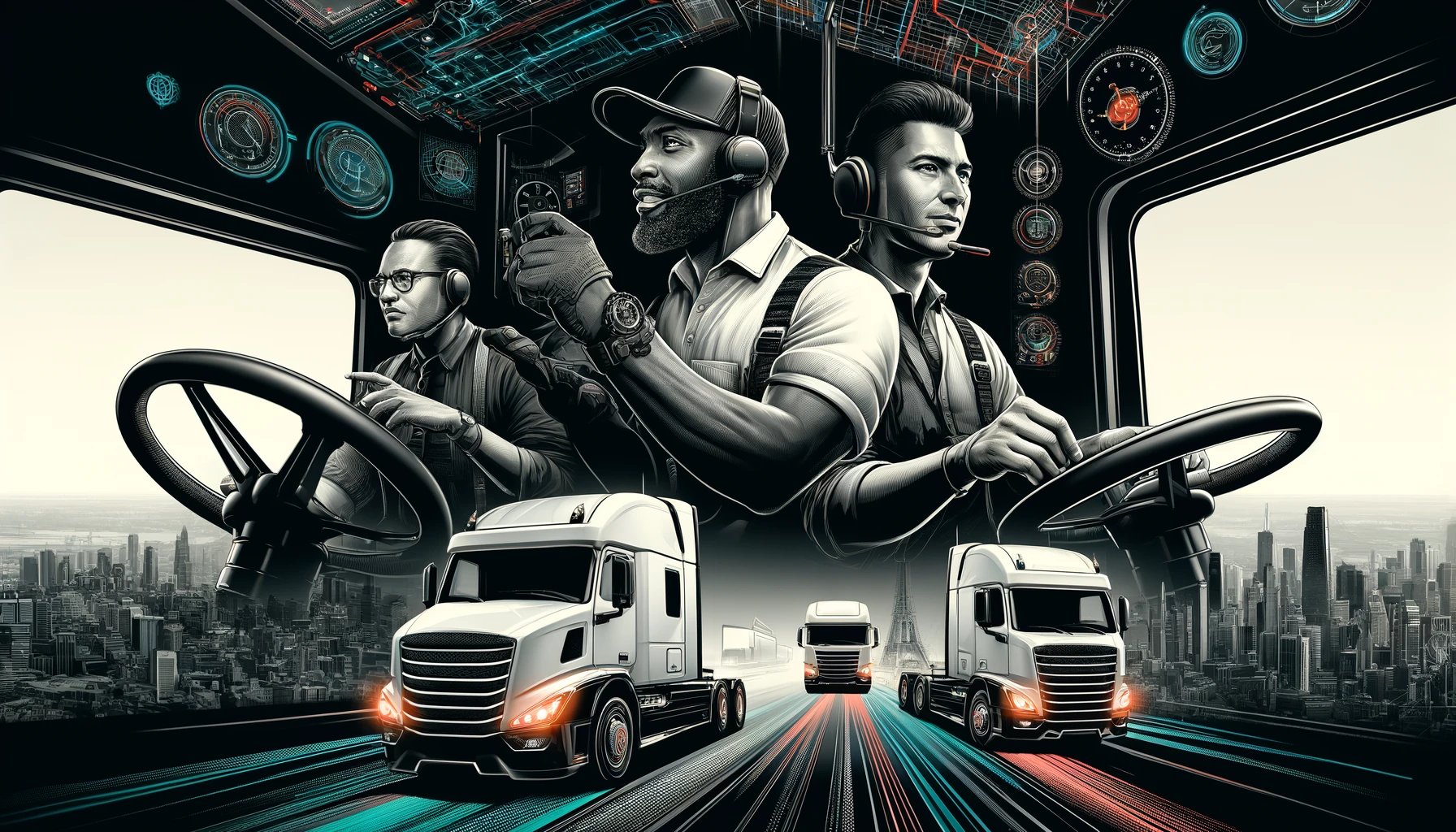










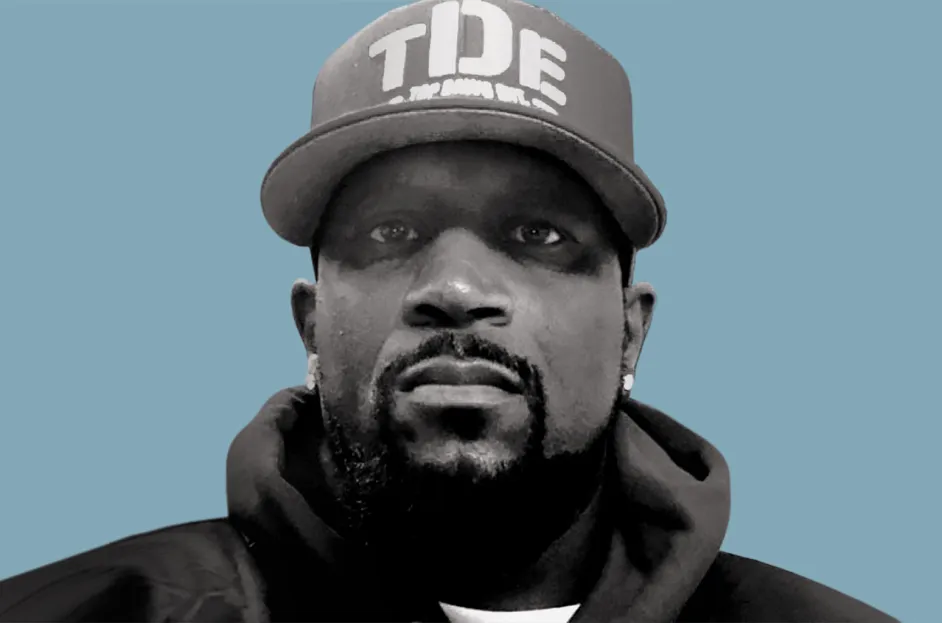





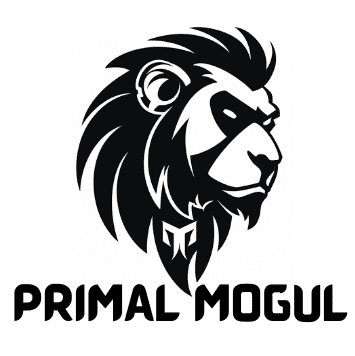
Leave a Reply